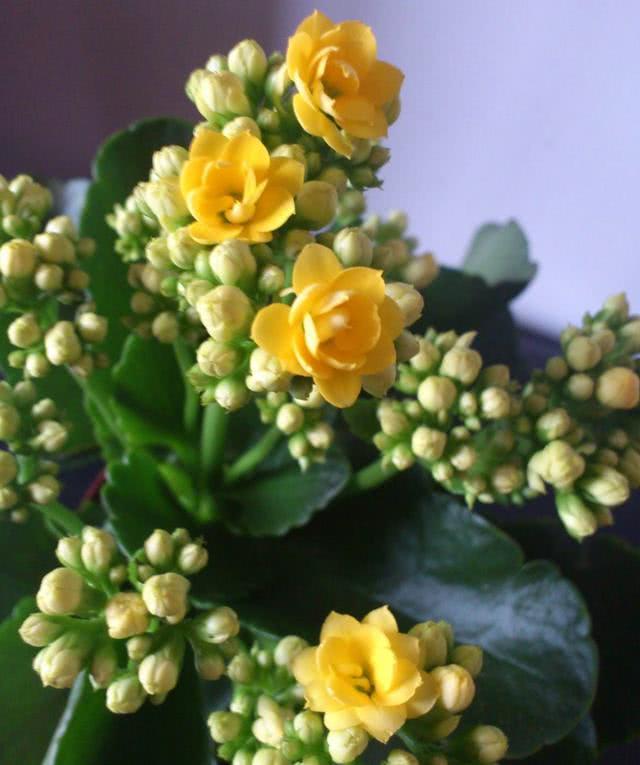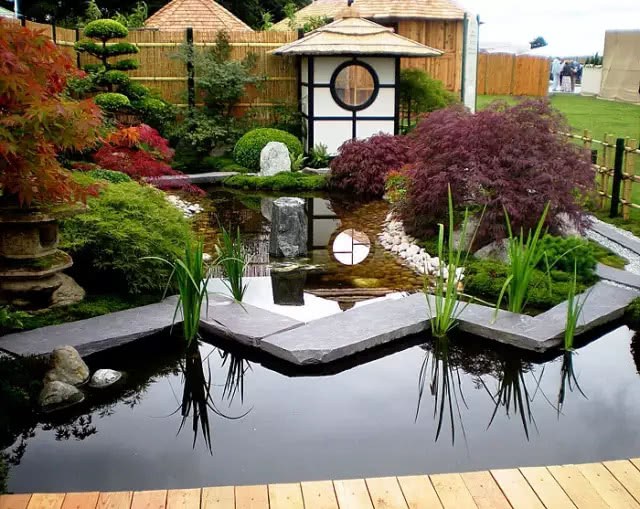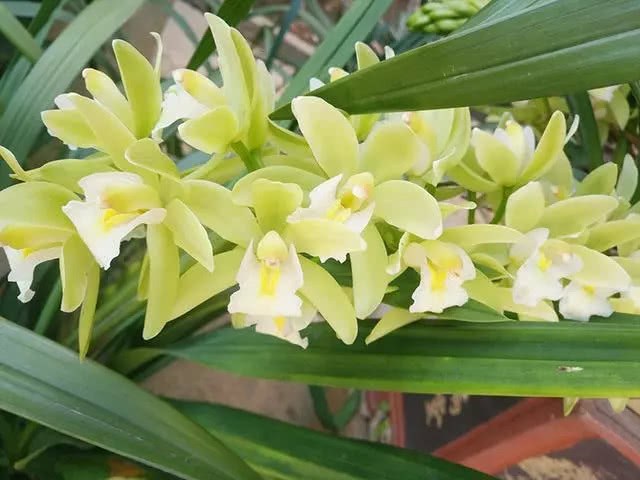The leaves of longevity flowers become soft and red, the leaves have black spots and the solutions are here.

Longevity flowers bloom in autumn every year, bloom in winter and spring, and can bloom for as long as half a year, so they are deeply loved by the flower-growing public. Compared with rhododendron, gardenia and other flowers, longevity flowers are still relatively easy to breed, but there are still flower friends who encounter problems of one kind or another in the process of breeding, especially after spending the summer. Recently, some flower friends asked: longevity flower leaves are soft and wilting, leaf edges turn red, and there are black spots. Is there any way to solve it and make it blossom?
The picture below shows the longevity flowers cultivated by Huayou, it is obvious that the leaves are soft and red, there are some black spots, and the leaves of the whole plant are too dense. In this situation, we still do not consider to let it blossom, and in this state it does not have the ability to blossom, let's first analyze the causes of this situation and solutions, and then consider the problem of flowering.
There are three reasons for the softness and wilting and redness of longevity flower leaves: 1. There is a serious water shortage. two。 Rotting roots caused by too much watering. 3. Strong light exposure. Flower friends can make a specific comparison according to their own breeding situation.
Although longevity flowers are very resistant to drought, and stems and leaves also have a strong water storage capacity, but long-term lack of water, water consumption in the body is exhausted, it is easy to cause leaf wilting and withering. Longevity flowers do not like very strong direct light, especially in the period of high temperature, strong light exposure will not only wilt the leaves, but also cause red or scorched edges of the leaves.
Too much watering, basin soil can not dry for a long time, it is easy to cause longevity flower roots blocked, unable to provide nutrients to the plant, resulting in leaf withering and wilting until death. The basin soil is too wet, poor ventilation, but also easy to breed bacteria, resulting in a variety of diseases and insect pests eroding leaves. According to the above situation, the flower friend should water in time when there is a lack of water, give sufficient scattered light and ventilated environment, and properly expose the plant to the sun, but avoid the strong direct light at noon.
If the potted soil is not dry, it is suggested that the longevity flowers should be taken out of the pot, cut off the rotten roots, soaked in carbendazim solution and cultivated again after drying. The longevity flower leaves in the picture grow too densely, so the unhealthy leaves should be cut off in time, and the overlong branches should be topped to control the plant type.
When the root system slowly recovers, new leaves will soon grow. Do not apply fertilizer after potting, and after the new leaves grow, apply N, P and K nutritious compound fertilizer for 2 or 3 times, each time at an interval of about 10 days. Or irrigate the roots of the plant with their own mature organic fertilizer and apply thin fertilizer frequently. After the new leaves grew vigorously and the plant type changed obviously, the fertilizer based on phosphorus and potassium fertilizer was applied, and the root irrigation of potassium dihydrogen phosphate solution combined with foliar spraying to promote flower bud differentiation and budding and flowering.
- Prev

13 design cases of garden fish ponds. If you want to build your own fish ponds, please refer to them.
13 "Garden Fish Pond" design cases, there is idle space, as long as set aside some space to make a fish pond, want to swim a few fish is very good-looking, no wonder more and more people want to raise fish, if you have idle.
- Next

An evergreen plant of Cymbidium.
Cymbidium, Orchidaceae, Orchidaceae. It is a general term for the varieties with bright colors and large flowers bred by artificial hybridization in the genus Cymbidium. There are many pots of Cymbidium in the yard, all kinds of Cymbidium. When I first met, I only looked.
Related
- Wuhan Hospital Iron Tree Blooming Result Was Instantly Frightened by the Gardener Master
- Which variety of camellia is the most fragrant and best? Which one do you like best?
- What is the small blue coat, the breeding methods and matters needing attention of the succulent plant
- Dormancy time and maintenance management of succulent plants during dormancy
- Minas succulent how to raise, Minas succulent plant pictures
- What are the varieties of winter succulent plants
- How to raise succulent plants in twelve rolls? let's take a look at some experience of breeding twelve rolls.
- Attention should be paid to water control for succulent plants during dormant period (winter and summer)
- Watering experience of twelve rolls of succulent plants
- Techniques for fertilizing succulent plants. An article will let you know how to fertilize succulent plants.

